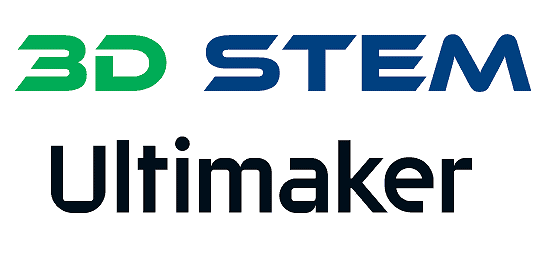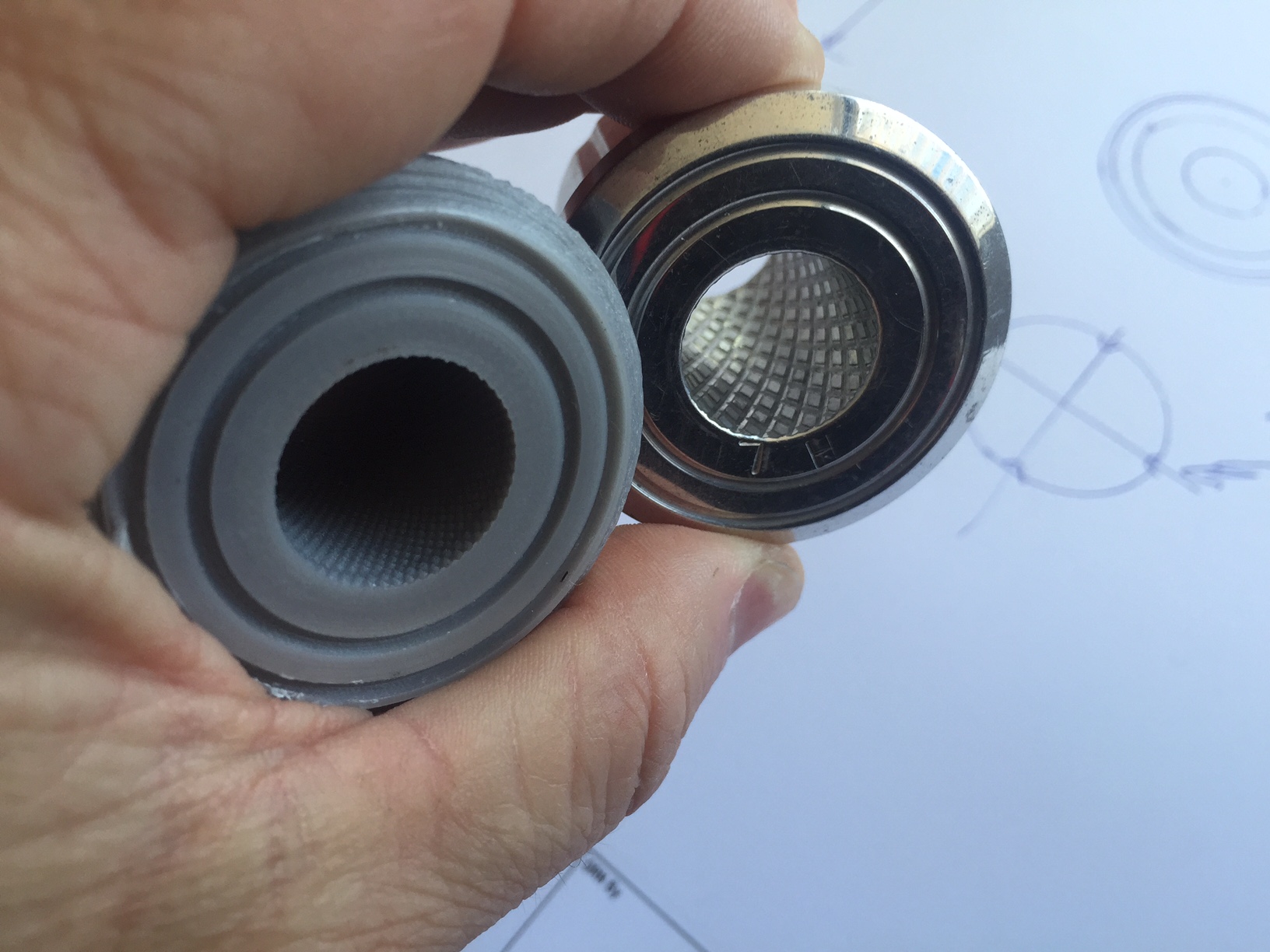3D printer salesmen had previously approached Mick Stone from PolyTuff Automotive offering to sell him a dream of 3D Printing.
“Yeah I was approached by a few companies trying to sell me a printer. All of them gave me samples of prints that had been done but none really come up to the standard that I wanted. You were the first to make a part I could actually use and also were able to discuss a proper business plan and workflow to go with it. That’s why we decided to do a trial with you and see how things go.”
PolyTuff typically created 2D paper drawings from Autocad which were then used to create metal master parts by both a lathe and vertical spindle milling machine on the premises. These metal parts were then used to create the moulds from which the polyurethane components were cast. In looking at the workflow 3D STEM developed a new method of drafting in Inventor using the parametric capabilities to drastically reduce the part generation time. These parts were then exported as STL files before being imported in Cura for slicing and G code preparation ready for printing. A critical process that we needed to do was to examine the dimensional tolerances between the modelled parts and the plastic printed parts in comparison to the metal masters. To date we are still working with Mick and continuing to develop his workflow, train his staff and leverage what the new 3D printing technology can offer his business.


